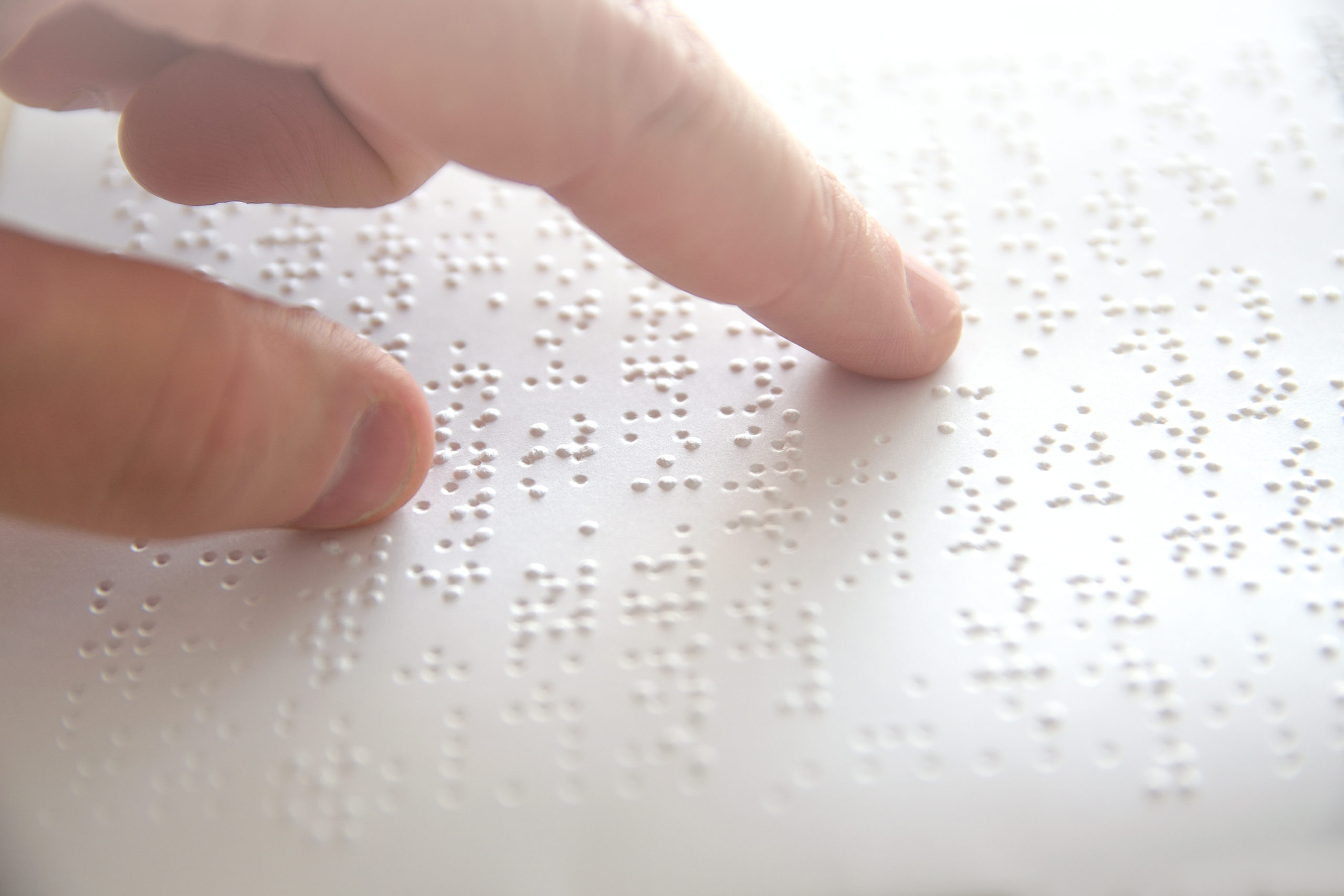
Creating a Tactile Language
We honor Braille Literacy and Louise Braille, Braille creator, each year in the month of January. Mr. Braille lost his sight when he was very young due to an injury. By age 12, he started making a system of touch reading. He worked with many people over many years in the development of a raised alphabet code which became official in 1824. Although anyone can learn Braille from toddlers to adults, it is an especially important tool for people who are blind and visually impaired. Parents, teachers, and paraprofessionals can also learn to read it visually to help assist students.
Braille Literacy
At Future in Sight, we serve many students across the state who are learning Braille in their public schools with our Teachers of the Visually Impaired (TVI). Braille literacy is the same as all literacy in that it involves practicing both understanding the braille cells (the letters) and making meaning from the word. A two-fold thing, the physical act of reading braille and the comprehension side are both important. Starting early for Braille reading, just as for print reading, is essential for literacy.
Braille Technology
Some people question whether Braille will continue to be necessary given advances in technology. Although tech can sometimes be cheaper and faster, it doesn’t replace the need for Braille, in the same way that computers don’t replace the need for people who are sighted to learn to write by hand. Braille literacy is the ability to tactually read and produce braille (literary/UEB math or Nemeth/tactile graphics) either on a low tech device (manual brailler, slate and stylus) or a high tech device (refreshable Braille display, iPad etc). Students can use braille in class and for recreational reading/writing and out in the community to read tactile signs. Braille use continues to be important to stimulate both the visual and tactile parts of the brain.
[simple-author-box]

